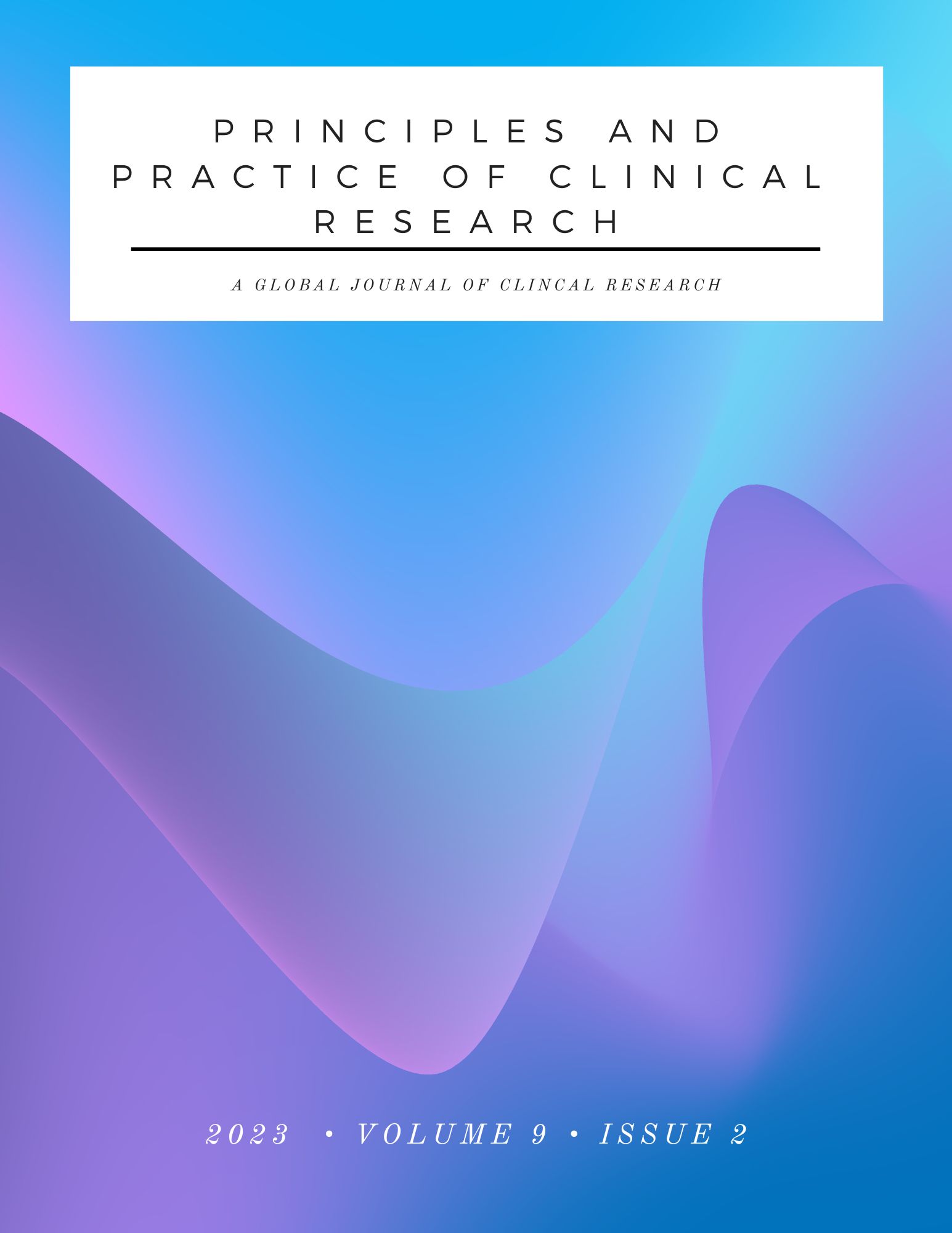Mustafa Reha Dodurgali
Neuromodulation Center and Center for Clinical Research Learning, Spaulding Rehabilitation Hospital, Massachusetts General Hospital, Harvard Medical School, Boston, MA, United States
Roser Coll-Fernández
Department of Rehabilitation, Hospital Universitari Germans Trias i Pujol, Badalona, Spain
Fernanda Queiroz Petrus
Pontifícia Universidade Católica do Paraná (PUCPR), Londrina Brazil
Márcio Kawano
Clinical Oncology, São Camilo Mooca (IBCC Oncologia) and Hospital da Santa Casa de São Paulo, São Paulo, Brazil
Franziska Schreiber
Institute of Pathology, Ludwig-Maximilians-University Munich, Germany
Nayara de Lima Froio
State Government Employee Medical Assistance Institute (IAMSPE) and Federal University of São Paulo (UNIFESP), São Paulo, Brazil
Guilherme Jose Machado Lacerda
Neuromodulation Center and Center for Clinical Research Learning, Spaulding Rehabilitation Hospital, Massachusetts General Hospital, Harvard Medical School, Boston, MA, USA
Edilin Lopez
Department of Neurosurgery, Lahey Hospital and Medical Center, Burlington, MA, USA
Adrielly Martins
Hospital Cárdio Pulmonar and Hospital Aliança - Rede D'Or São Luiz, Salvador, Bahia, Brazil
Angélica Flores-Flores
Laboratory of Immunopharmacology, Instituto Nacional de Enfermedades Respiratorias "Ismael Cosío Villegas", Mexico City, Mexico
Belen Machado
Clinical Pharmacology Department, University of Sabana, Bogotá, Colombia
Bethânia Soares dos Santos
Clinical Oncology, Rede D'Or Rio de Janeiro, Brazil
Bianca Parron
Pontifícia Universidade Católica do Paraná (PUCPR), Londrina Brazil
Christiany Marilinn Tapia Argudo
Department of Cardiovascular, Internal Medicine, YALE Cardiovascular Research Group, New Haven, CT, USA
Claudia Renata dos Santos Barros
Butantan Institute, São Paulo, Brazil
Cristina Stephan
Step Medical Affairs Consulting, São Paulo, Brazil
Daniela Bouzas Rodeiro
Universidade do Estado do Rio de Janeiro (UERJ), Rio de Janeiro, Brazil
Gustavo Mucci
Retina Department, Evangelico Hospital and Luvere Clinic, Belo Horizonte, Brazil
James Alfonso Carvajal Acosta
Fundacion Clinica Abood Shaio (FCS), Surgery Department, Bogotá, Colombia
Larrie Rabelo Laporte
Escola Bahiana de Medicina e Saúde Pública, Salvador, Brazil
Laura De Leon Benedetti
Children's Hospital of Philadelphia, Philadelphia, PA, USA
Luis Morales Ojeda
Department of Female Pelvic Medicine and Reconstructive Surgery, Institute of Urology, Keck School of Medicine USC, Los Angeles, CA, USA
Paula Raso Bastos
Dermatology, IRDA Santa Casa RJ, Rio de Janeiro, Brazil
Regina Villalobos
Division of Pulmonary and Critical Care, Department of Medicine, Massachusetts General Hospital, Boston, MA, USA
Vinicius Trindade Gomes da Silva
Division of Neurosurgery, University of Sao Paulo Medical School, São Paulo, Brazil
Abdul Haseeb
Department of Clinical Pharmacy, College of Pharmacy, Umm Al-Qura University, Makkah, Saudi Arabia
Mariana Gasparoto Pereira Valério
Hôpitaux Universitaires de Genève, Service des Maladies Infectieuses, Unité VIH/SIDA, Geneva, Switzerland
Renata Junqueira Moll-Bernardes
D'Or Institute for Research and Education, Rio de Janeiro, Brazil
Roseanne Ferreira de Freitas Euzébio
Department of Health Research Methods, Evidence, and Impact, McMaster University, Hamilton, Canada
Gabriel Rangel Olivera
Hospital General ISSSTE Tláhuac, Mexico City, Mexico
Caio Cesar dos Santos Kasai
Pontifícia Universidade Católica do Paraná (PUCPR), Londrina Brazil
Fathima Minisha
Women's Wellness and Research Centre, Hamad Medical Corporation, Doha, Qatar
Juan Carlos Silva Godinez
Hospital de Oncología, Centro Médico Nacional Siglo XXI, Instituto Mexicano del Seguro Social, Mexico City, Mexico
Abstract
Introduction: Post-stroke individuals with dysarthria experience difficulties in producing speech due to muscle dysfunction. Neuromuscular electrical stimulation (NMES) can stimulate motor units and enhance their functionality. The objective of this study is to investigate the effects of NMES on speech intelligibility in patients with persistent dysarthria 3-6 months post-ischemic stroke.
Methods: This study will be designed as a phase II, double-blinded, randomized, two-arm, parallel-group, superiority trial conducted at a single center. The target population will consist of post-stroke individuals with dysarthria, who will undergo randomization to receive either neuromuscular electrical stimulation (NMES) or sham-NMES. Both intervention groups will receive treatment sessions 5 days a week over a 4-week period. The sample size for this study will be 154 patients, recruited exclusively from a Rehabilitation Unit located in the United States. The primary outcome measure will focus on determining the mean difference in the FDA-2 intelligibility score between the two treatment groups. Secondary outcomes will involve evaluating the mean difference in the full FDA-2 score, as well as various subsets of the score, alongside an assessment of the participants’ health-related quality of life, utilizing the Stroke Impact Scale (SIS).
Conclusion: To the best of our knowledge, this will be a comprehensive assessment of the potential benefits of NMES for post- stroke patients with dysarthria. Considering the positive impact of NMES on enhancing muscle functionality, it is plausible to anticipate its potential benefits in improving speech outcomes as well. Despite early studies indicating the safety and tolerability of NMES for various motor muscle conditions, there is limited data on its use in patients with dysarthria.

